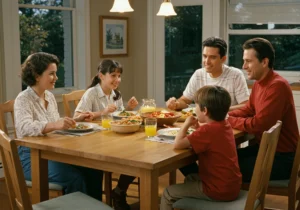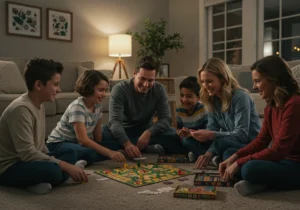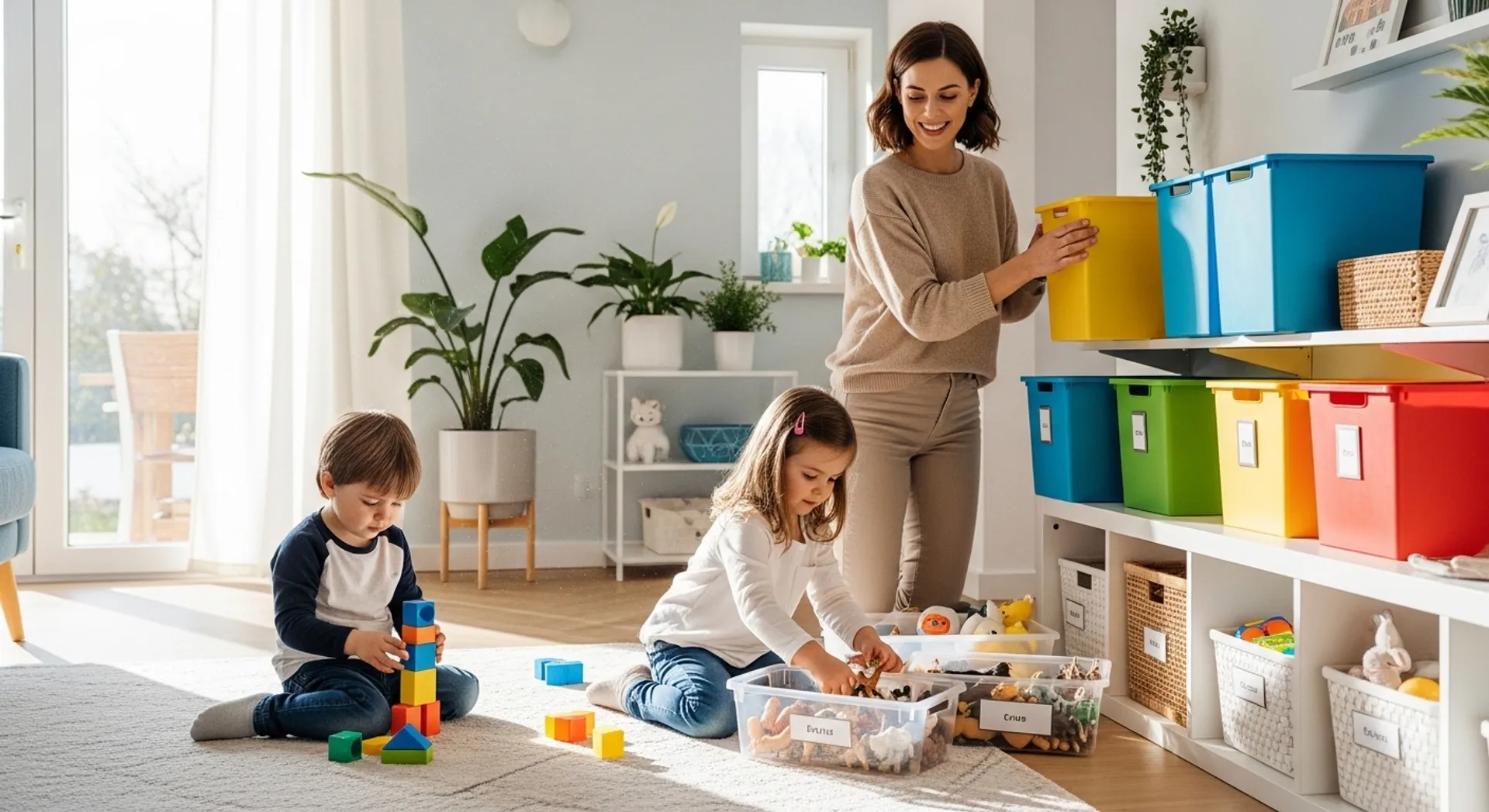Parenting in today’s world often revolves around screens, schedules, and constant multitasking. While technology has brought incredible convenience, it has also created new challenges for families — especially when it comes to building meaningful connections. That’s why many parents are turning back the clock and rediscovering the joy of 90s parenting, when family time was simpler, more intentional, and largely screen-free.
Parenting like it’s 1999 doesn’t mean rejecting modern life completely. Instead, it’s about taking the best parts of the past—board games, outdoor play, and family traditions — and blending them into today’s parenting style. The result? A stronger family bond and happier, more grounded children.
Why Look Back at 90s Parenting?
The 90s were a unique time. Kids grew up without smartphones or constant digital distractions. Family activities were centered on interaction, imagination, and shared experiences. Parents today often feel nostalgic for that balance, especially when facing the overwhelming demands of raising kids in a digital-first world.
According to Common Sense Media, today’s children spend an average of 4–6 hours daily on screens outside of school. While some tech use is educational, excessive screen time can affect sleep, social skills, and emotional development. Looking back to 90s parenting offers practical ways to reconnect as a family and cut down on digital overload.
90s Parenting Habits Worth Bringing Back
1. Family Game Nights
Remember when Friday nights meant gathering around a board game instead of binge-watching shows? Classic games like Monopoly, Scrabble, or even a deck of cards created endless fun while teaching kids patience, strategy, and teamwork. Hosting regular game nights today can revive that tradition and give families a reason to put their devices away.
2. Outdoor Play and Neighborhood Friendships
In the 90s, kids spent hours outside — riding bikes, playing tag, or building forts. These activities encouraged independence, problem-solving, and physical health. Today, parents can encourage outdoor play by organizing park meetups, bike rides, or backyard scavenger hunts. Unstructured outdoor play builds resilience and fosters creativity that screens can’t match.
3. TV as a Shared Family Event
Unlike today’s on-demand streaming, 90s families gathered around the television to watch shows at a set time. This created shared experiences and even sparked conversations. Recreate that by planning a weekly family movie night. Choose age-appropriate classics, make popcorn, and turn it into a family ritual.
4. Simple Traditions and Routines
90s parenting emphasized small but powerful family rituals — like eating dinner together, reading bedtime stories, or enjoying Sunday outings. Research shows that family meals improve children’s academic performance and mental health. Start with one consistent tradition, whether it’s taco Tuesdays, bedtime stories, or Saturday morning pancakes. These routines give children a sense of security and belonging.
5. Encouraging Independence
In the 90s, kids were often given more independence — walking to school, calling friends on a landline, or managing simple chores. While safety guidelines are different today, parents can still foster independence by letting kids help with cooking, manage their allowance, or take responsibility for packing their school bag. These small steps build confidence and life skills.
The Benefits of Nostalgic Parenting
Bringing back elements of 90s parenting isn’t about rejecting modern life but about balance. Families that incorporate screen-free traditions often report feeling more connected and less stressed. Benefits include:
- Deeper connection: Shared activities strengthen family bonds.
- Healthier habits: Less screen time means better sleep and more physical activity.
- Stronger communication: Board games and family meals encourage real conversations.
- Creative growth: Screen-free play nurtures imagination and problem-solving skills.
How to Blend 90s Parenting with Today’s World
While it’s impossible to recreate the past, parents can blend the best of both eras. Here are some ideas:
- Set tech boundaries by creating device-free hours each evening.
- Replace some screen time with hands-on family activities.
- Introduce kids to 90s-style activities like roller skating, mixtape-making, or Polaroid photo albums.
- Model balance by limiting your own screen use and prioritizing family interactions.
Practical Tip:
Try a “Throwback Thursday” each week where the family chooses a retro activity — like board games, cooking a 90s recipe, or watching a classic family film. This creates excitement and adds variety to the week.
Overcoming Modern Challenges
Of course, modern life comes with unique challenges. Work schedules, digital learning, and extracurricular activities often dominate family time. The key is not perfection but progress. Even introducing one screen-free tradition a week can make a lasting difference.
If you struggle with balancing it all, check out our guide on staying sane during the first year of motherhood. It’s packed with practical advice for managing stress and reclaiming family joy.
Additional Resources
- Simple and Effective Parenting Tips for New Moms
- The Ultimate Guide to Stress-Free Family Vacation Planning
Conclusion
Parenting like it’s 1999 doesn’t mean ignoring the benefits of modern life. Instead, it’s about striking a healthy balance — embracing technology while still holding onto the timeless traditions that bring families closer together. By incorporating 90s-inspired activities such as family game nights, outdoor play, and shared routines, parents can create meaningful connections and raise children who are happy, resilient, and grounded.
Sometimes, the best way to move forward is to look back — and the lessons of the 90s remind us that connection, presence, and simplicity never go out of style.








